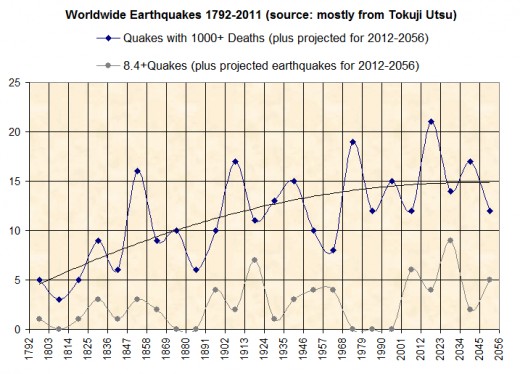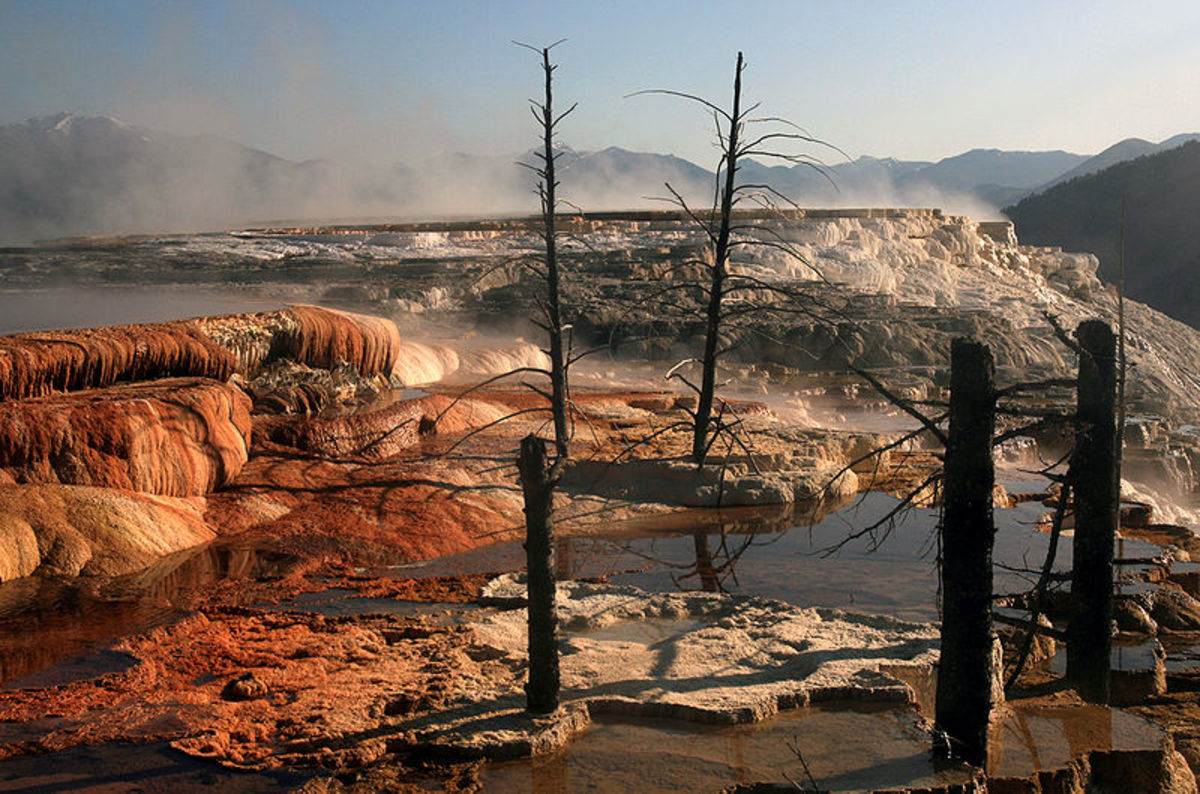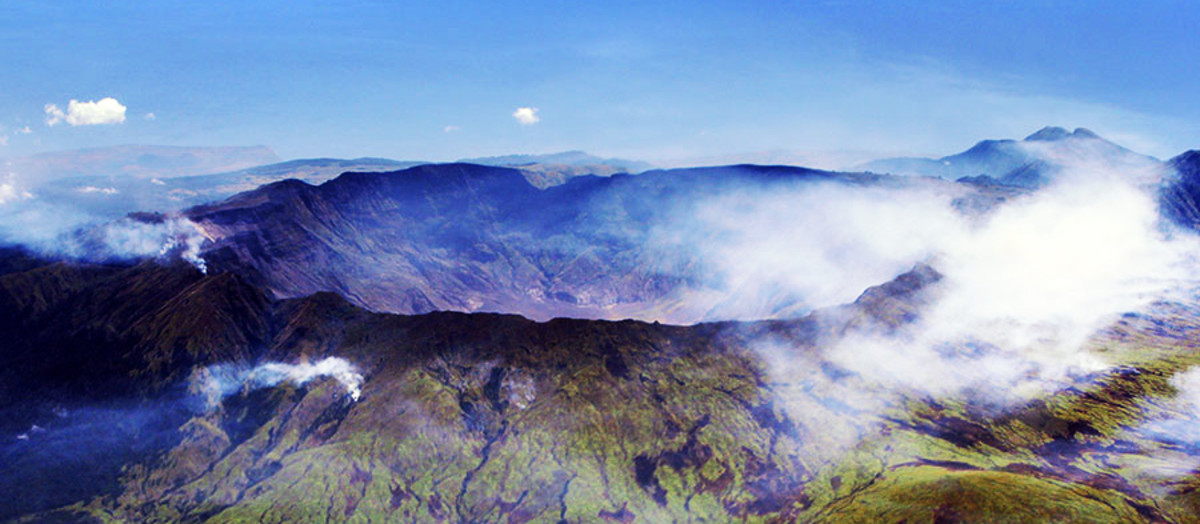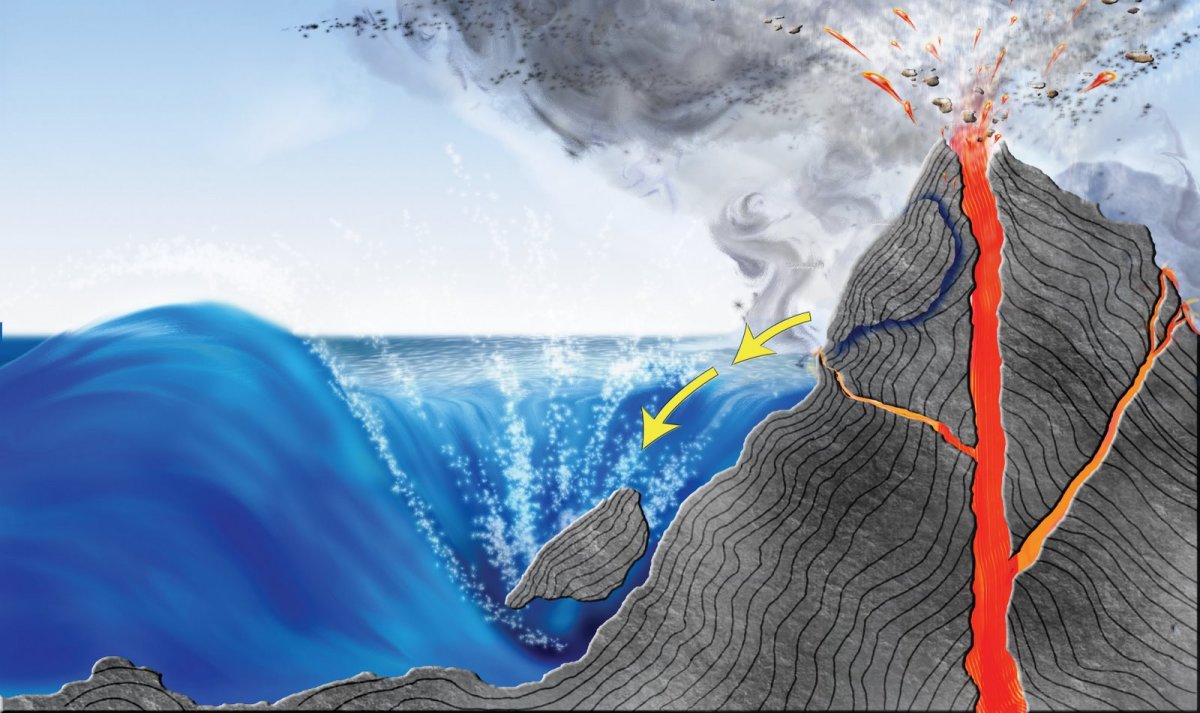Gettin' On Down the Earthquake Prediction Road...
I've already looked at what the general prospects appear to be for earthquakes in the 6.7 to 7.8 magnitude range for the next couple of months and next year as a whole. What I will do now is look at the next 22 year period.
You may wonder, what is with 22 years; why not 20 or 25? Well, the reason is because it is my belief that most of the 6.7 to at least 7.8 magnitude earthquakes follow the sunspot cycle fairly regularly and that is measured approximately in 11 year periods. What I did to review earthquake activity before, during and after the seventy year Maunder Minimum period of the solar cycle, I am doing now to look at a later period of time. I examined a 350 year period from 1505 to 1854 before (broken down into ten 35 year segments) and am now reviewing a 220 year period (in twenty 11 year segments) that extends from 1792 through 2011.
In the graphic below you see the results of my number crunching. I used a tally of earthquakes that were responsible for at least 1,000 deaths each to create the top display and used the number of earthquakes that were of at least 8.4 magnitude for the bottom display. I also made a projection of the data for the next 44 years.

One thing that you will notice in the bottom display is that 30% of the eleven year partitions (6 out of the 20 increments shown) have no 8.4 magnitude or greater quakes. If you look at the 220 years as a whole, there is only 1 such quake happening every 3-4 years. If you look only at the active periods, that average rises to one such quake every 2-3 years. And that is the rate that we can expect such quakes for the next eleven years. What I foresee though is that there should be at least 3 of those huge quakes in the next 5-6 years and 1 in the 5-6 years afterwards. I also expect one of those quakes to take place during 2012.
If you compare the bottom graphic display to the top you will see some similarities, even that they start out following a similar path. In other words, when one rises or falls, the other parallels the behavior, but something changed beginning in the 1891-1901 period. They often follow opposite paths after that; when one rose the other often fell, and that is where we find ourselves at the moment. For the last eleven year period, 8.4 magnitude or larger quakes peaked just when most smaller destructive quakes with at least 1,000 deaths reached a low point. I have also projected that they will continue in that vein for the next 44 years.
You heard me right, we are at a low point at the moment for quakes that were responsible for at least 1,000 deaths. That is even though seven quakes during that period were responsible for at least 20,000 deaths each (and four of those took the lives of a combined half million people or more). There were just five more that had at least 1,000 deaths, which placed that last period a few quakes below average.
But that is about to change. Although I don't expect more than about average results for the next year (with the exception of 8.4 magnitude or larger quakes), at some point during the coming 11-12 year period there should be an upswing in activity of earthquakes responsible for 1000 or more deaths. The next eleven years should almost double the number (1.75Xs more) that was seen in the previous eleven year period. It is expected that at least 14 of the projected 21 destructive quakes coming up will fall within a 6 year window surrounding the year of and the year prior to the next solar minimum of sunspot activity, or from 2017.5-2023.5. [I now feel that, due to the different breakdown during solar cycles longer than 11 years, the peak in earthquakes will occur in a 4 year period following this year or from 2013-2016, within which half of the 21 expected quakes should occur for the present period. See my hub on Sunspots & Earthquakes & UFOs, part 2 for more details. The rest of this paragraph no longer pertains.] During the 6 years outside of that window it is expected that the remaining 7 quakes will occur. In other words, there should be twice as many quakes inside the window than outside. If randomness was the only factor, 10.5 quakes would be expected for either inside or outside the window. Thus the expected 14 quakes inside the window would be 33% more than one would likely see if they occurred due to chance alone.
Not long after the 2017.5-2023.5 period [which I now feel will be less significant than the four years before it] it is expected that their will be another surge of 8.4 magnitude or larger earthquakes that will surpass the six seen during the last eleven years. So things should be really busy, as far as destructive earthquakes are concerned, for the twenty year period beginning in 2017. [Make that the 24 year period beginning in 2013.] This will most likely be especially true during the 2017.5-2023.5 period (although there is also a lesser possibility that the peak could come 12 years later or from 2029.5-2035.5 instead [if the following cycle turns out to be bigger, the peak is now expected in 2025-2028]) coinciding with a peak in earthquakes that cause at least 1000 deaths as well as a time of minimum sunspots activity. [Again, things should peak in 2013-2016 at a time during and just after solar maximum, but it is still also possible that there could be a larger peak within the following solar cycle instead of the present one.]
These approximate periods of time are based on their being 12 years between times of solar minimum rather than the usual 11 years. The reason for this is because the peaks in sunspot numbers are expected to be smaller than usual for at least the next couple of cycles and the period of time between each peak lengthens during periods of lower activity and is shorter between periods of heightened activity (11 years is just the average). However, it is possible that sunspot activity will be so low that the length between cycles will actually be more like 13 years (perhaps delaying the start and end of each period mentioned above). Since sunspot activity is likely to decrease more than usual during the minimum periods in the coming decades that should result in even more frequent occurrences of earthquakes when solar activity slows to nearer zero levels.
Since things got a bit confusing in the course of writing and revising the predictions in this hub, I've decided to capsulize what I foresee happening over the course of the next 25 years. Here's the rundown:
2012 = Slightly below average year for destructive earthquakes, but also a 60% chance of an 8.4 or larger earthquake occurring.
2013-2016 = Significantly above average plus 2 earthquakes of 8.4 or larger expected during these 4 years.
2017-2020 = This four year period is expected to be just average.
2021-2023 = This three year period is likely to be slightly above average.
2024 = A below average year is forecast.
2025-2028 = An above average four year period for destructive earthquakes. Also, 3 quakes of 8.4 magnitude or greater are expected.
2029-2032 = A slightly above average four year period. Again, 3 quakes of 8.4 magnitude or greater are expected as well.
2033-2035 = An average three year period. There are also 2 quakes of 8.4 or greater forecast.
2036 = A slightly below average year. However, there is a 75% chance of an 8.4 magnitude earthquake.
© 2012 Joseph Ritrovato








